Magnitude 23.6 | Discovered 1968 Apparent magnitude (V) 23.6 | |
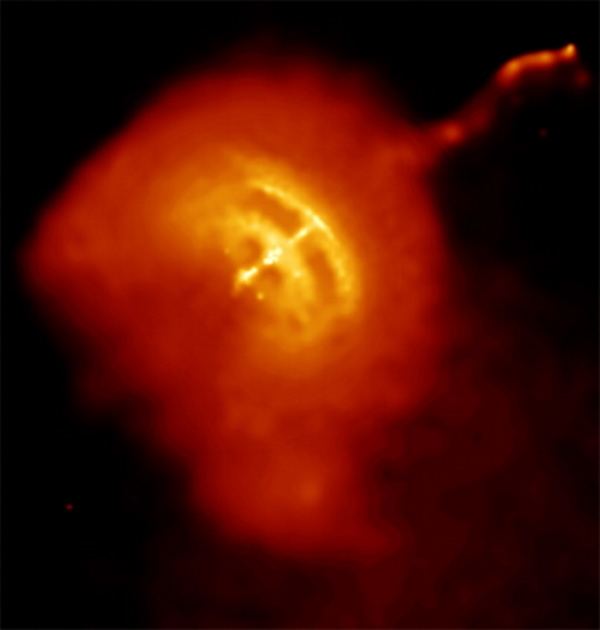 | ||
Similar Crab Pulsar, Vela Supernova Remnant, Geminga, PSR B1509‑58, Gum Nebula | ||
Vela pulsar with sound magic finally
The Vela Pulsar (PSR J0835-4510 or PSR B0833-45) is a radio, optical, X-ray- and gamma-emitting pulsar associated with the Vela Supernova Remnant in the constellation of Vela.
Contents
- Vela pulsar with sound magic finally
- Vela pulsar in 60 seconds
- Characteristics
- Research campaigns
- What it is not
- In music
- References
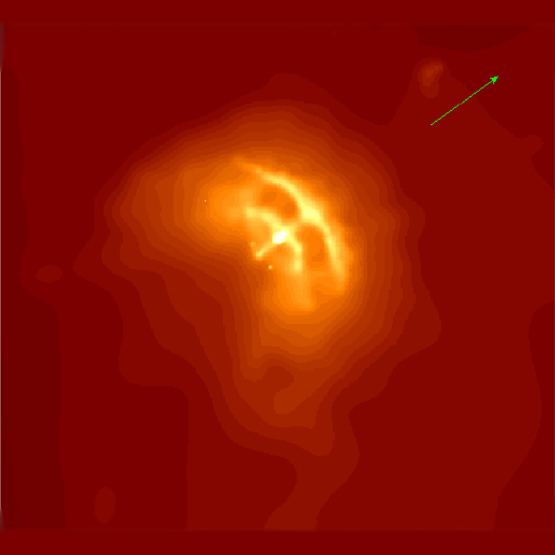
Vela pulsar in 60 seconds
Characteristics
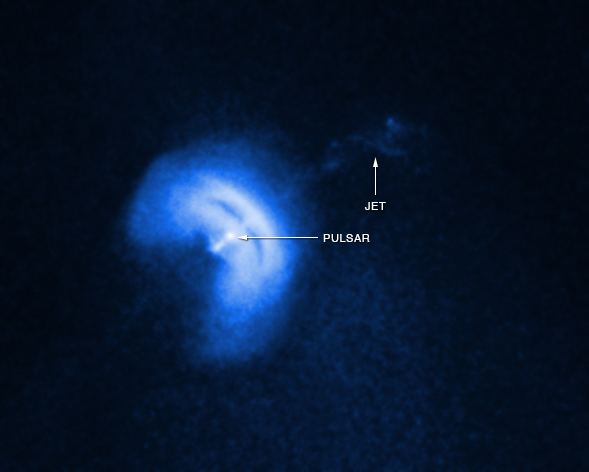
It spins 11.195 times per second (i.e. a period of 89.33 milliseconds—the shortest known at the time of its discovery) and the remnant from the supernova explosion is estimated to be travelling outwards at 1,200 km/s (750 mi/s). It has the third-brightest optical component of all known pulsars (V = 23.6 mag) which pulses twice for every single radio pulse. The Vela pulsar is the brightest persistent object in the high-energy gamma-ray sky.
Research campaigns
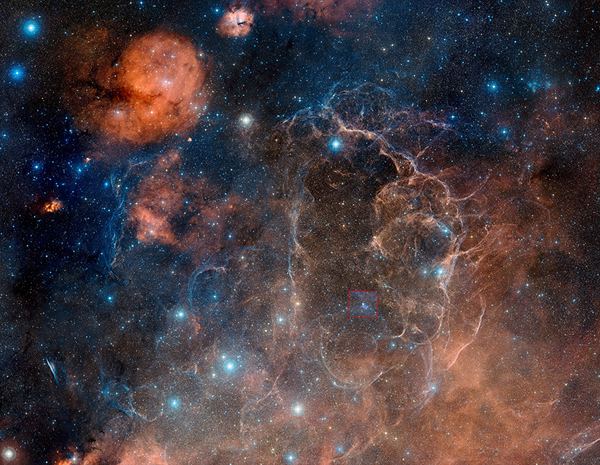
The association of the Vela pulsar with the Vela Supernova Remnant, made by astronomers at the University of Sydney in 1968, was direct observational proof that supernovae form neutron stars.
Studies conducted by Kellogg et al. with the Uhuru spacecraft in 1970–71 showed the Vela pulsar and Vela X to be separate but spatially related objects. The term Vela X was used to describe the entirety of the supernova remnant. Weiler and Panagia established in 1980 that Vela X was actually a pulsar wind nebula, contained within the fainter supernova remnant and driven by energy released by the pulsar.
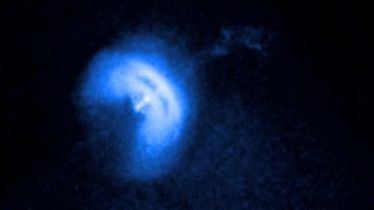
On 12 May 2015, a NASA research balloon was launched from Alice Springs in Australia's Northern Territory, taking aloft instruments developed as a joint project between Nagoya University and Kobe University in Japan to measure gamma ray output from the Vela Pulsar. The flight was expected to end near Longreach, Queensland, after sunset.
What it is not
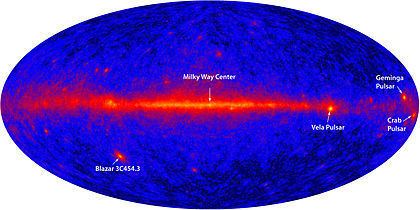
The pulsar is occasionally referred to as Vela X, but this phenomenon is separate from either the pulsar or the Vela X nebula. A radio survey of the Vela-Puppis region was made with the Mills Cross Telescope in 1956-57 and identified three strong radio sources: Vela X, Vela Y, and Vela Z. These sources are observationally close to the Puppis A supernova remnant, which is also a strong X-ray and radio source.

Neither the pulsar nor either of the associated nebulae should be confused with Vela X-1, an observationally close but unrelated high-mass X-ray binary system.
In music
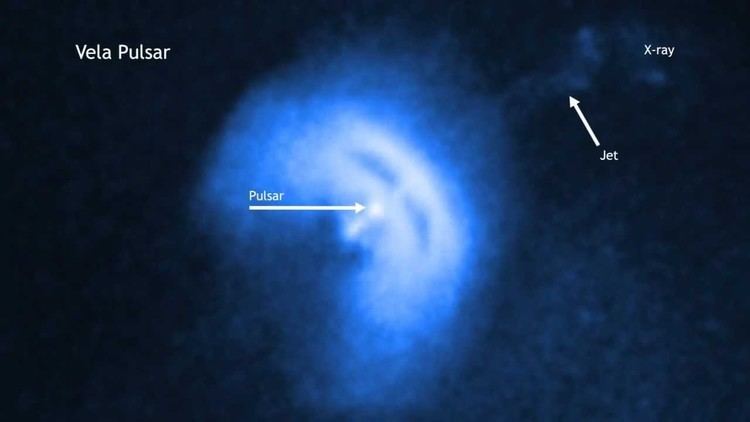
The emissions of Vela and the pulsar PSR B0329+54 were converted into audible sound by French composer Gérard Grisey and used in the piece Le noir de l'étoile (1989–90).
